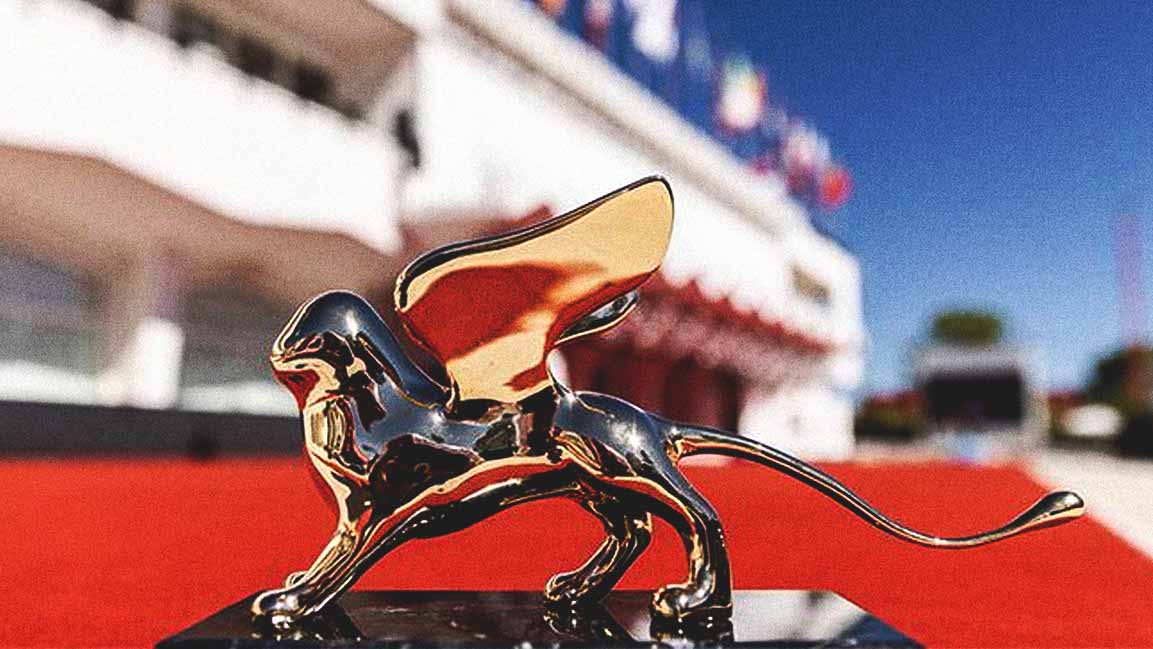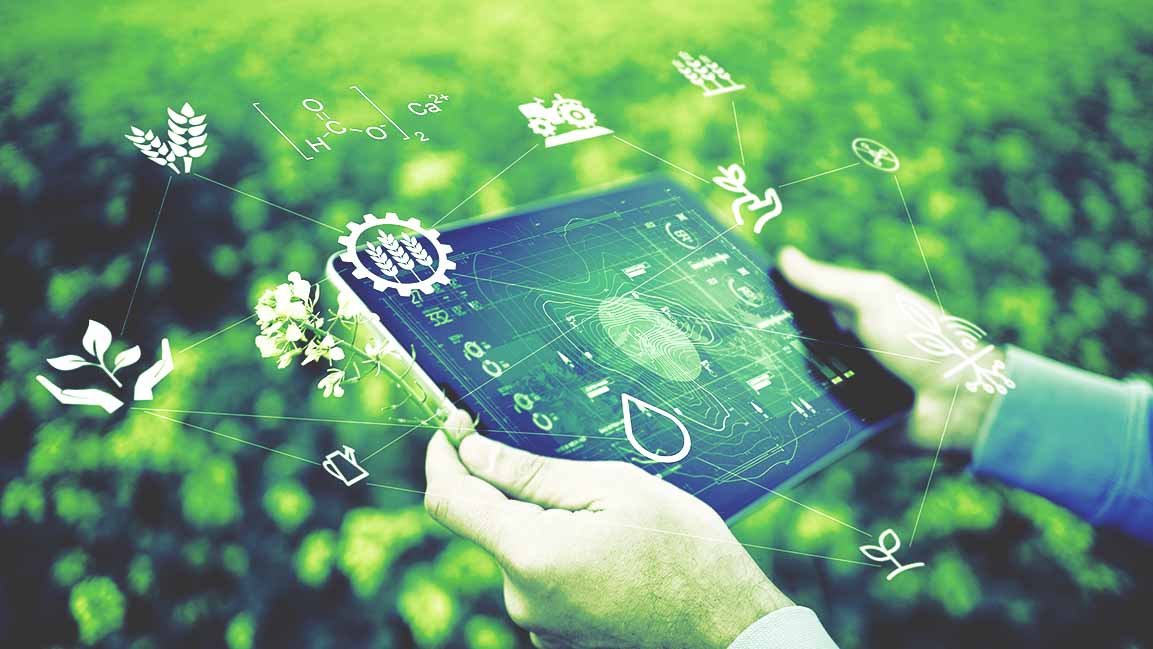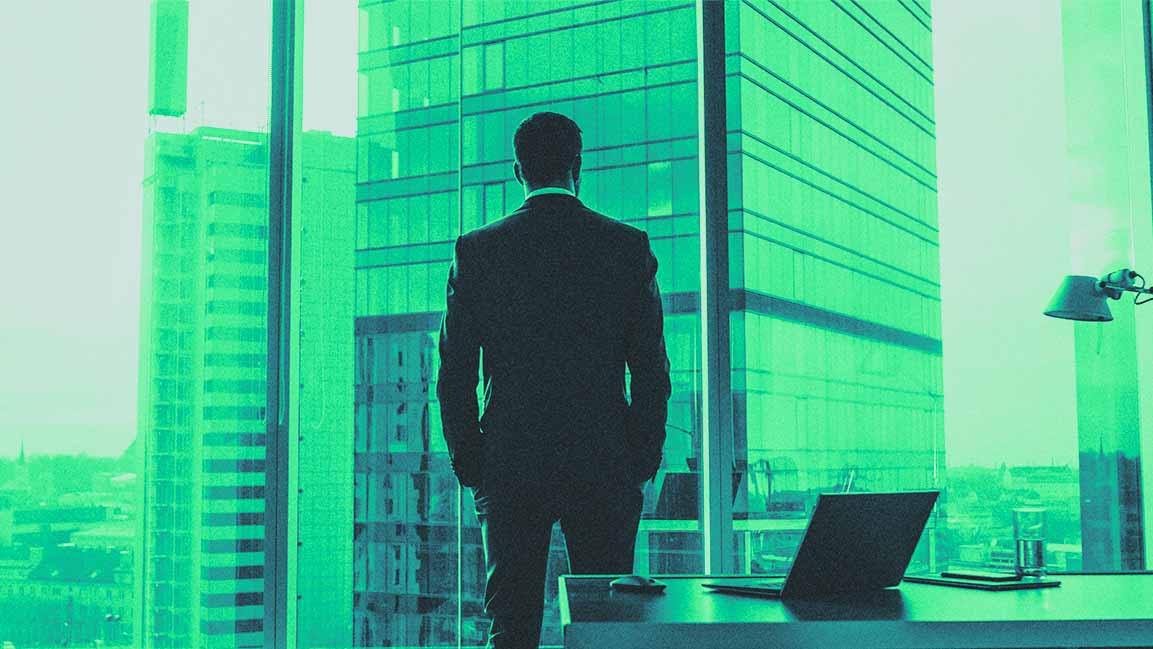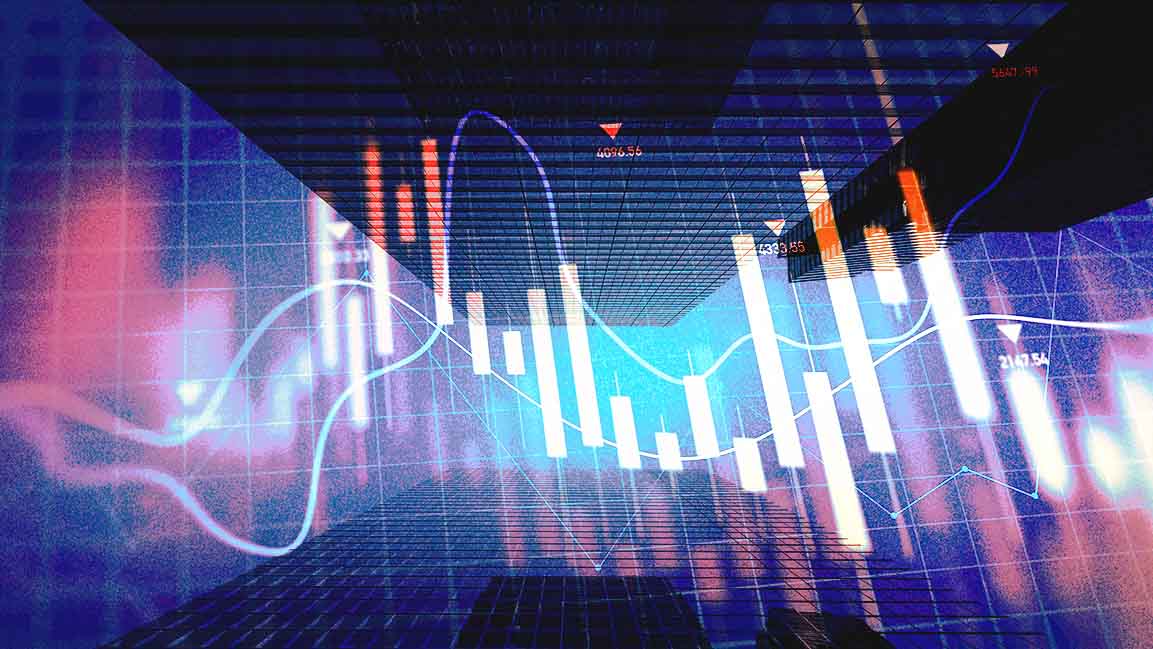- | 11:00 am
Energy efficiency is not enough. This is Dubai’s approach to green building
Maryam Obaid Almheiri of Dubai Municipality reasons why green buildings are an essential solution to urbanization.
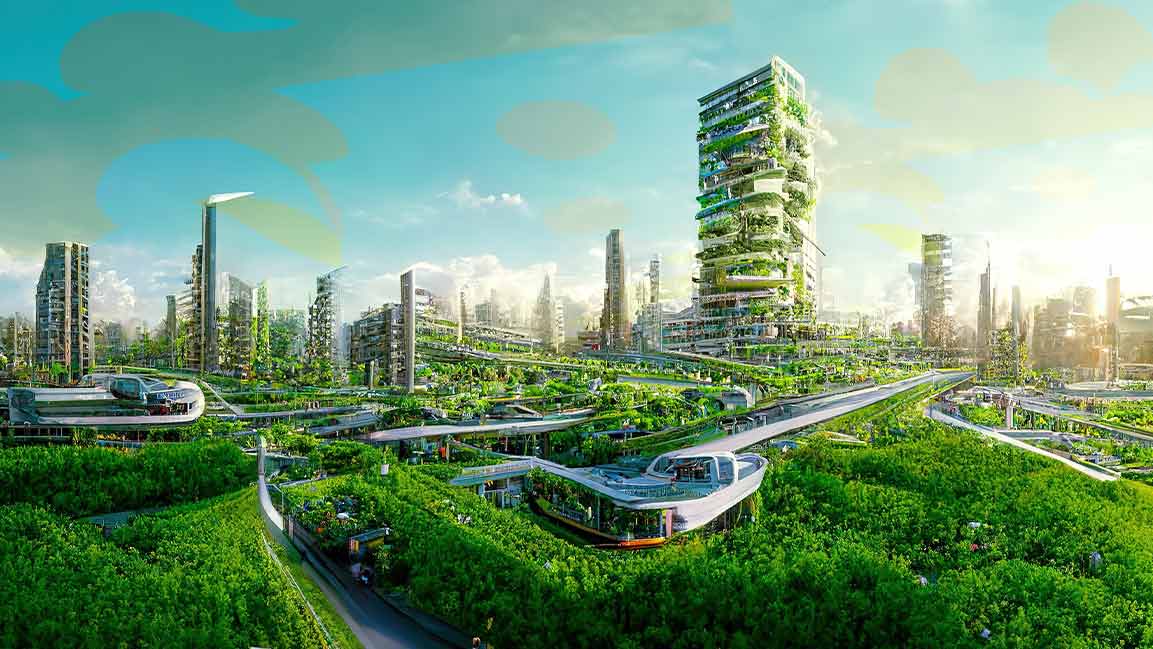
Now accepting applications for Fast Company Middle East’s Best Workplaces For Women 2023. Click here to register.
For many years, the idea of a green building was using less energy. Now, in Dubai, as solar panels have become commonplace and the climate crisis has become widely acknowledged, energy-efficient buildings with low or no carbon emissions are becoming the rule, not the exception.
And rightly so. Buildings are responsible for over half of electricity consumption and greenhouse gas emissions.
“Energy efficient buildings are a fundamental part of a city’s sustainable infrastructure,” says Maryam Obaid Almheiri, CEO of Buildings Regulations and Permits Agency, Dubai Municipality.
“Municipalities around the world are incorporating energy efficiency into their strategies, regulations, and construction work to manage sustainability and achieve their carbon neutrality goals.”
As buildings become more efficient, the construction industry is thinking about not just a building’s operational emissions but all the energy that goes into creating it—from harvesting and manufacturing building materials to the energy used in construction.
“In Dubai, our approach to energy-efficient buildings and infrastructure is informed by the principles of the circular economy. For instance, the municipality actively promotes using recycled and alternative materials in construction and technologies such as 3D printing to reduce waste,” says Almheiri.
This sustainable approach to construction aims to reduce consumption and conserve resources for future generations, in line with the UAE’s Circular Economy Policy 2021-2031.
Talking about the advanced technologies available to achieve energy-efficient buildings, Almheiri says Dubai Municipality has launched a diverse range of initiatives to promote sustainable buildings in the city.
For instance, the Al Sa’fat green building rating system integrates standards, certification, and technology to incentivize and enable buildings to operate more sustainably. “Since it launched in 2020, the system has achieved significant results, helping Dubai to reduce its carbon footprint substantially.”
This carbon footprint in the building industry is estimated to account for 11% of global carbon emissions and 75% of a building’s emissions over its entire lifecycle. For the building industry, reducing carbon is the next big challenge.
Globally, the problem is enormous. The nonprofit organization Architecture 2030 estimates that new construction creates more than 3.7 billion metric tons of embodied carbon emissions annually, the equivalent of the annual emissions from 950 coal-fired power plants.
Beyond building efficiency, Dubai is exploring how to integrate 3D printing into construction further to minimize material waste. By 2030, Dubai will include 3D printing techniques in 25% of new buildings.
“The city will adopt modular building constructions within its infrastructure to make Dubai one of the world’s most advanced and sustainable cities,” says Almheiri.
Green buildings are a viable solution to urbanization. “It is essential in urbanization,” says Almheiri. “They reduce environmental impact, which ultimately improves quality of life for residents.”
As an important element of Dubai’s 2040 Master Plan, sustainable buildings will help Dubai become more sustainable, beautiful, pioneering, and livable in the future, she adds.












